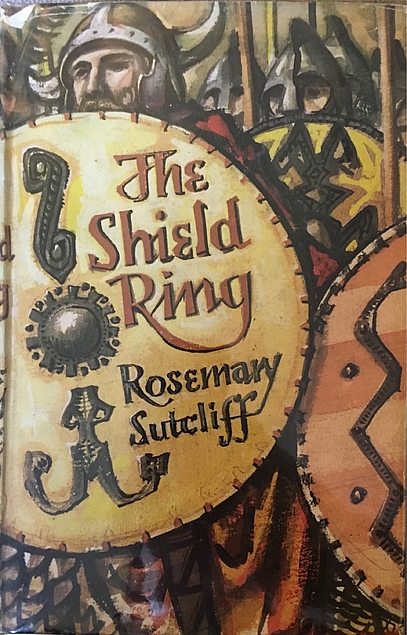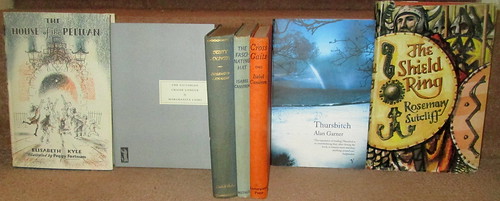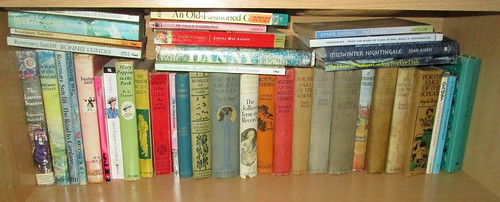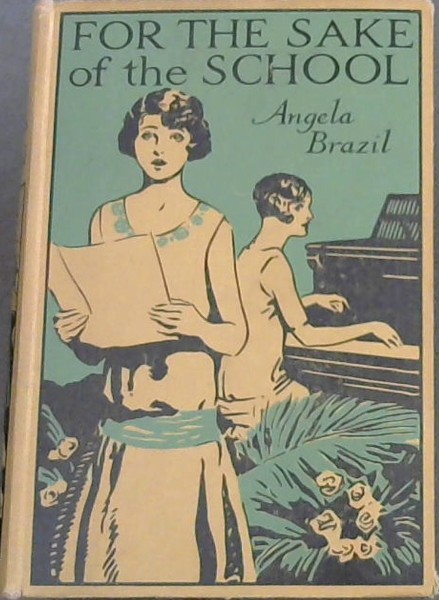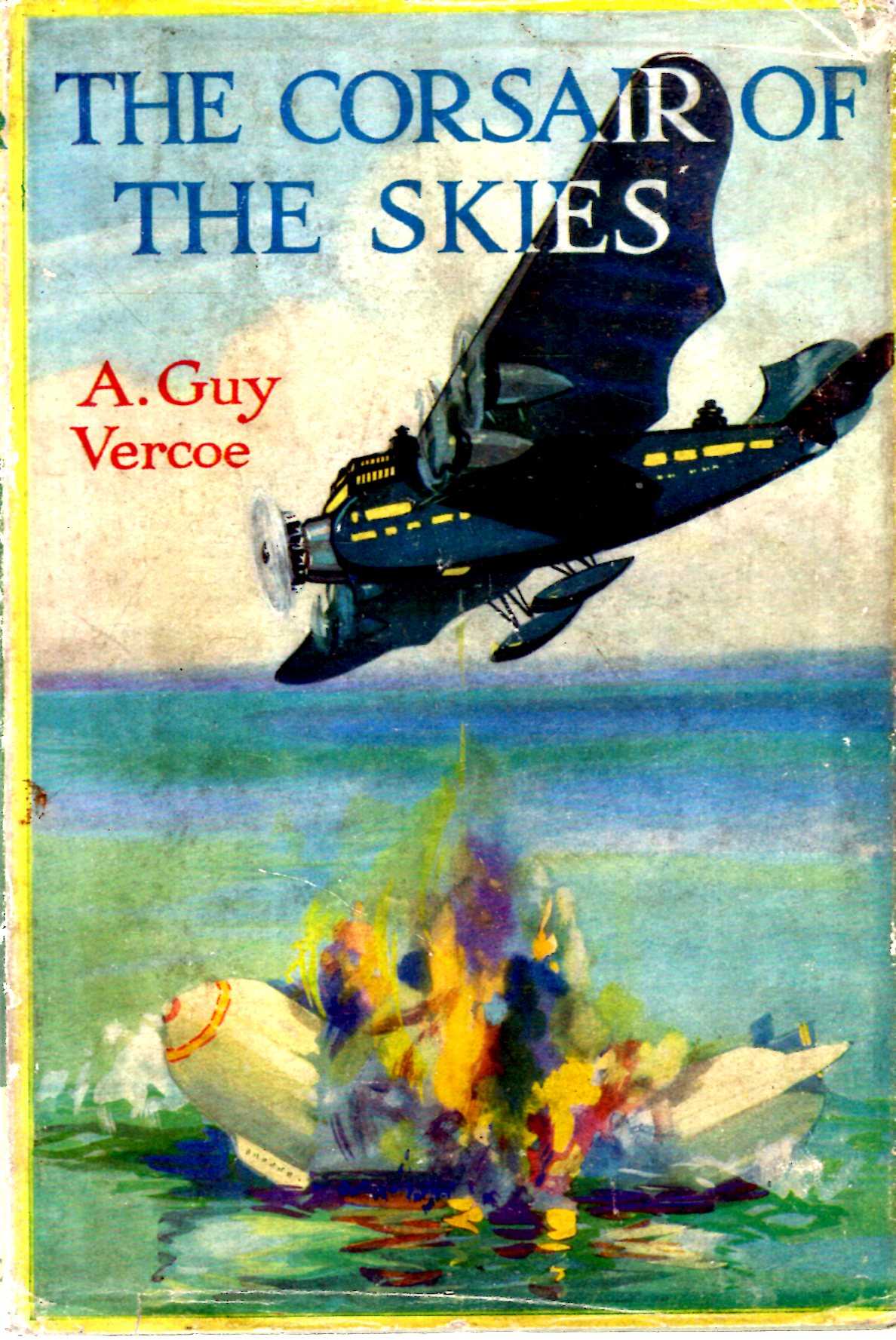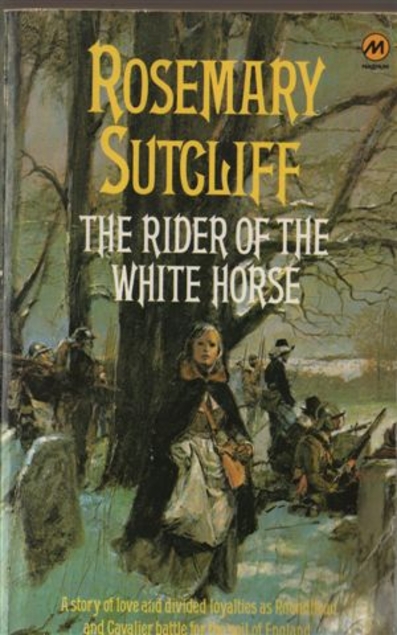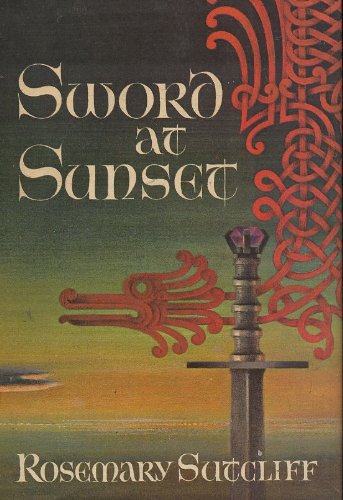 Sword at Sunset by Rosemary Sutcliff was published in 1963. The author has written a lot of books for children but this one is for adults, I enjoyed it but felt that it was about 100 pages too long, as often happens, for me there were too many battles, but it was probably a fairly true reflection of life in post-Roman Britain which is the setting, rather than the medieval knights and ladies which have often been part of Arthurian legend. So there’s no Round Table, no Camelot and no romance, it’s a much more brutal and rougher world. Artos is seduced by Ygerma before he realises she’s his sister. There’s no Lancelot, but Artos is betrayed by another.
Sword at Sunset by Rosemary Sutcliff was published in 1963. The author has written a lot of books for children but this one is for adults, I enjoyed it but felt that it was about 100 pages too long, as often happens, for me there were too many battles, but it was probably a fairly true reflection of life in post-Roman Britain which is the setting, rather than the medieval knights and ladies which have often been part of Arthurian legend. So there’s no Round Table, no Camelot and no romance, it’s a much more brutal and rougher world. Artos is seduced by Ygerma before he realises she’s his sister. There’s no Lancelot, but Artos is betrayed by another.
Ambrosius, who may have been of royal Roman descent is leader of the ‘Britons’ and as he has no son of his own he sees Artos (the Bear) as the closest thing he will ever have to a son. Ambrosius is the High King, but his fighting days are over, he’s just passing on his wisdom now. They both know that at some point there will be battles with the Saxons and they need to prepare for that. Lord Artos says that they don’t have enough horses and they need to breed bigger war horses, to take on the Saxons, it’ll take years.
This is well written and enjoyable, but as I said, it was a wee bit too long for me. Well I have so many books in my TBR pile.
One thing which sort of annoyed me is that my edition of the book is an American one, published by Coward-McCann, it has a nice map as the endpapers, but they changed the spellings to American ones, which means that some poor soul had to trawl through the book making the changes. Why bother? Especially as there aren’t that many changes involved, but it jolted me out of early post-Roman ‘Britain’ to the US – daft as that may seem.

 The Witch’s Brat by Rosemary Sutcliff was published in 1970. The setting is England in the reign of Henry I. Lovel is a young lad, just eleven years old, and his grandmother has just died. She had been the local healer and herbalist so she had been tolerated in the village. But Lovel was born with a crooked back and his mother had died when he was born, his father is dead too, so he’s all alone in the world and the villagers hound him out. They think that his crooked back means he must be a witch.
The Witch’s Brat by Rosemary Sutcliff was published in 1970. The setting is England in the reign of Henry I. Lovel is a young lad, just eleven years old, and his grandmother has just died. She had been the local healer and herbalist so she had been tolerated in the village. But Lovel was born with a crooked back and his mother had died when he was born, his father is dead too, so he’s all alone in the world and the villagers hound him out. They think that his crooked back means he must be a witch.
